Mitigation and Licensing
Sometimes a proposed development will have an impact on a protected species or habitat, unless mitigation is put in place. It is often possible to work with the developer to reduce the impact of proposals by siting away from the most sensitive areas of the site or timing works to avoid sensitive periods.
Reuben has many years of experience in liaising with staff from the SNCOs and local Planning Authorities on the challenges presented by protected species and designated sites. This is generally only successful where plans are developed in conjuction with the developer’s own architects and engineers. Again years of experience working in multi-disciplinary consultancies, has meant that Reuben understands the language and viewpoints of other design professionals.
In cases where it is not possible to avoid impacts on protected species it will be necessary to obtain a development licence from the Statutory Nature Conservation Organisation (SNCO); Scottish Natural Heritage (SNH), Natural England (NE) or Natural Resources Wales (NRW). Where a site designated for its nature conservation value is likely to be affected by a development proposal, again it is necessary to consult with the relevant SNCO.
Licensing can be complex and Reuben can guide you through the licence application process and prepare applications on your behalf. Generally it is necessary to state how the wider conservation status of the species will be maintained with the development proposal and this requires the development of a Mitigation Plan. The Mitigation Plan details how the development proposal will proceed in a way that minimises the impact on the protected species.
Reuben has designed and implemented mitigation strategies for a wide range of protected species. This includes:
Exclusion and destruction of bat roosts, and the provision of alternative roost sites;
Exclusion and destruction of badger setts, and creation of artificial setts;
Exclusion and destruction of otter holts, and creation of artificial holts; and
Relocation of water voles and great crested newt to nearby habitats

